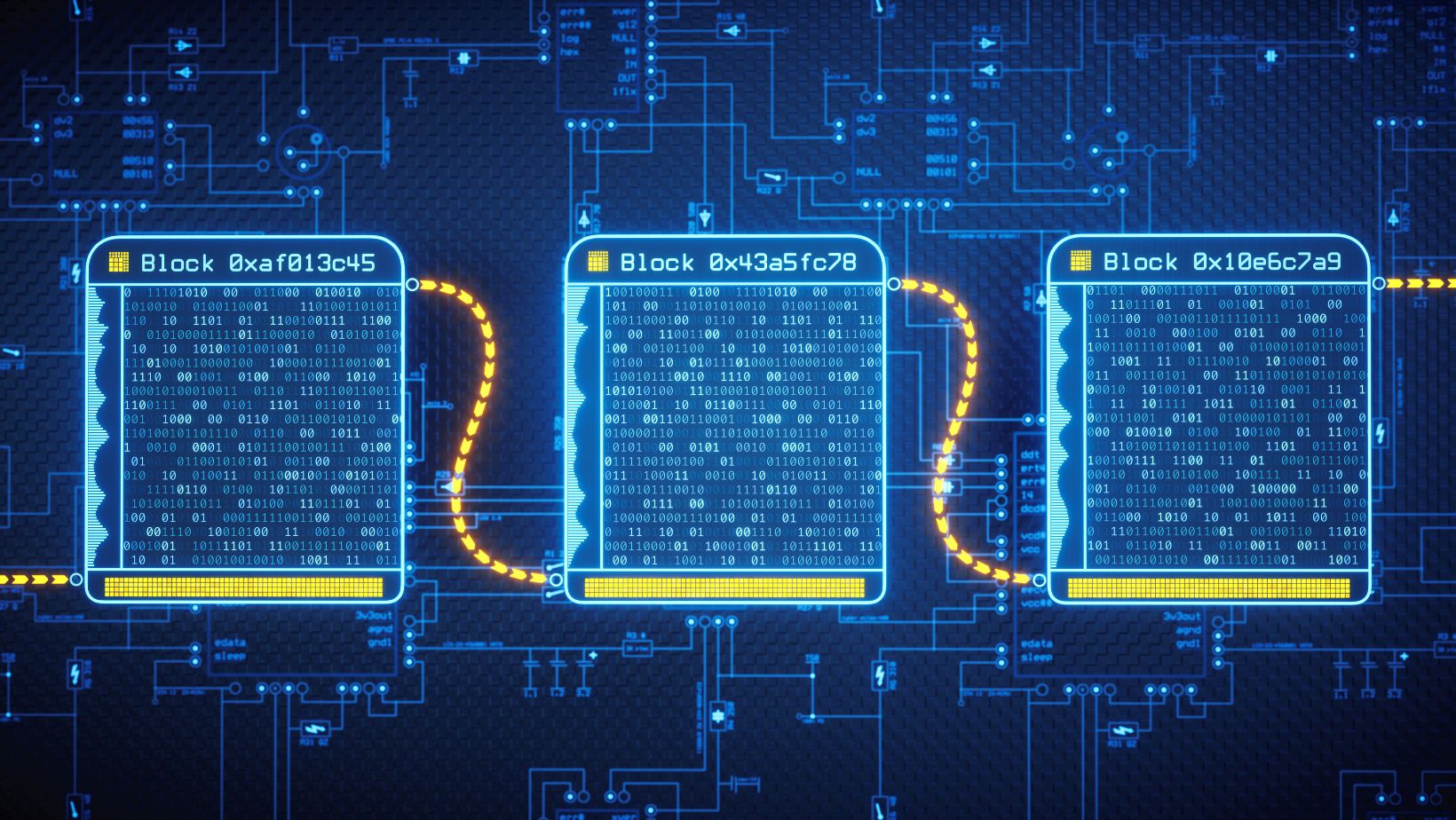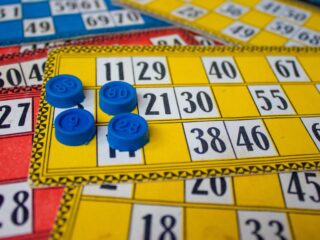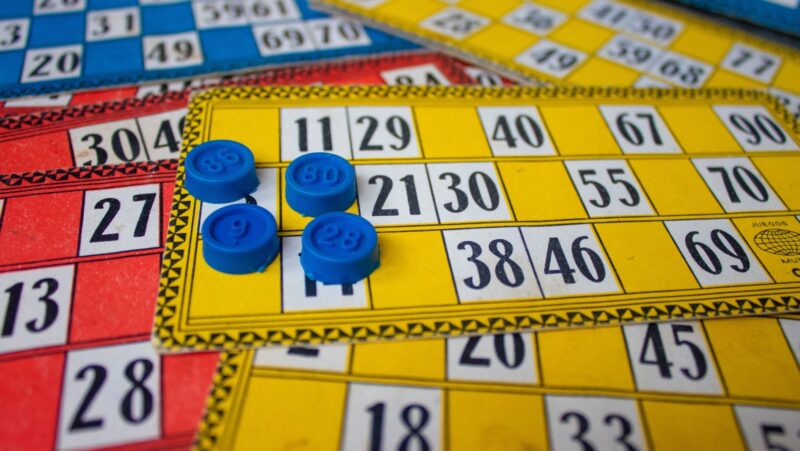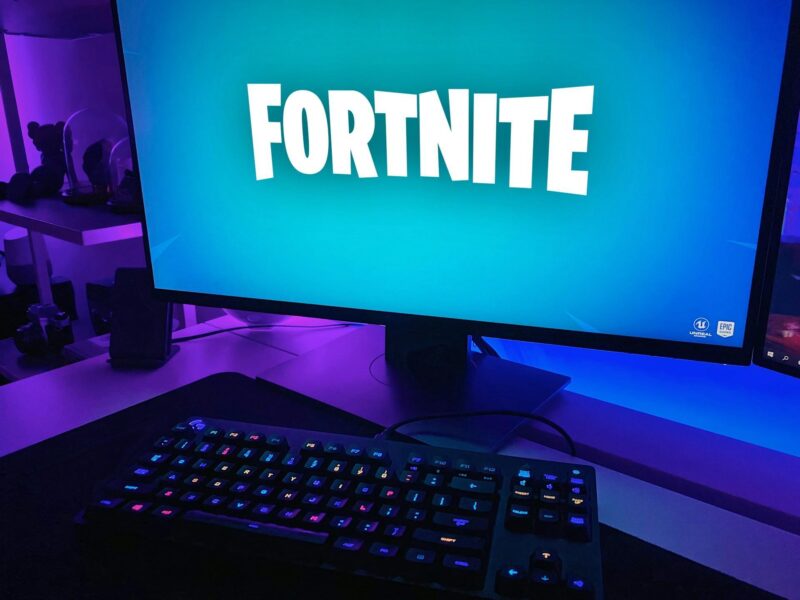

Building games that work across different blockchain networks is like creating a game that can be played on multiple gaming consoles at once. Just as market movements like the Dogecoin price can affect various exchanges simultaneously, cross-chain games need to work smoothly across different networks. It’s challenging but can reach more players and create better opportunities for everyone. Let’s explore how to make this work in simple terms.
Understanding Cross-Chain Gaming
Cross-chain gaming means your game can work with different blockchain networks at the same time. Think of it as a game that players can enjoy whether they’re using any platforms or other networks available online. This gives players more choices and can help them avoid high fees on some networks.
Why Make Cross-Chain Games?
Before diving into the “how,” let’s understand why this matters:
- More Players: Different players prefer different blockchain networks. Some like Ethereum because it’s well-known, and others prefer Polygon because it’s cheaper to use.
- Better Experience: Players can choose the network with the lowest fees or fastest speed at any time.
- Broader Market: Your game can reach players who have investments in different blockchain networks.
- Risk Management: If one network has problems, your game can still run on others.
Basic Building Blocks
To make a cross-chain game work, you need these main parts:
Bridge System
Think of bridges as currency exchange offices in airports. They help move assets from one blockchain to another. Your game needs to:
- Connect with trusted bridge services
- Handle bridge transactions safely
- Keep track of bridged assets
- Deal with failed bridge attempts
Asset Tracking
Your game must keep track of player items across all networks:
- Use a central database to track assets
- Maintain records of which assets are on which chain
- Create unique IDs that work across all chains
- Keep backups of all transaction records
Smart Contracts
You’ll need intelligent contracts that:
- Work the same way on all networks
- Handle different token standards
- It can be upgraded when needed
- Have safety features built-in
Design Principles for Cross-Chain Games
Keep It Simple for Players
Players shouldn’t need to understand blockchain technology to enjoy your game:
- Make network switching automatic when possible
- Hide complex blockchain operations
- Show clear transaction status updates
- Use simple language in the interface
Plan for Different Speeds
Different networks process transactions at different speeds:

- Add loading screens or mini-games during transfers
- Show clear progress indicators
- Have backup plans for failed transactions
- Let players keep playing while waiting
Handle Assets Carefully
Protect players’ assets across all networks:
- Lock assets during transfers
- Keep clear records of ownership
- Have emergency stop buttons
- Create backup systems
Technical Implementation Tips
Smart Contract Design
When writing smart contracts:
- Use standard interfaces that work on all chains
- Test thoroughly on each network
- Keep contracts simple and focused
- Add pause functions for emergencies
Database Structure
Your database should:
- Track assets across all chains
- Record transaction history
- Store player information safely
- Backup data regularly
User Interface
Make your game interface:
- Simple to understand
- Clear about network status
- Quick to show transaction results
- Easy to switch between networks
Common Challenges and Solutions
High Gas Fees
To handle expensive transaction fees:
- Batch transactions when possible
- Use layer-2 solutions
- Suggest cheaper networks
- Warn players about high fees
Network Congestion
When networks get busy:
- Have backup networks ready
- Show estimated wait times
- Let players choose faster networks
- Keep the game playable during delays
Technical Issues
To handle technical problems:
- Create detailed error messages
- Have backup systems ready
- Keep support contact clear
- Test thoroughly before updates
Testing Your Cross-Chain Game
Before launching, test:
- All network connections
- Asset transfers between chains
- Transaction handling
- Error recovery
- User interface on all networks
Maintaining Your Game
Keep your game running smoothly by:
- Watching network status
- Updating smart contracts safely
- Backing up data regularly
- Fixing bugs quickly
- Listening to player feedback
Future-Proofing Your Game
Plan for the future by:

- Making systems easy to upgrade
- Watching for new blockchain networks
- Planning for technology changes
- Keeping security strong
Final Tips for Success
- Start Small: Begin with one or two networks and add more later
- Focus on Security: Protect player assets above all
- Keep It Simple: Don’t add complexity unless needed
- Listen to Players: They’ll tell you what works and what doesn’t
- Plan for Problems: Have backup plans ready
Moving Forward
Cross-chain gaming is still new and growing. By building games that work across different networks, you’re helping create the future of gaming. Remember to keep learning, adapting, and updating your knowledge as technology changes.
Conclusion
Think of cross-chain game development as building bridges between islands. Each blockchain network is its island, and your game helps players move freely between them. With careful planning and the right tools, you can create games that give players more freedom and better experiences.












